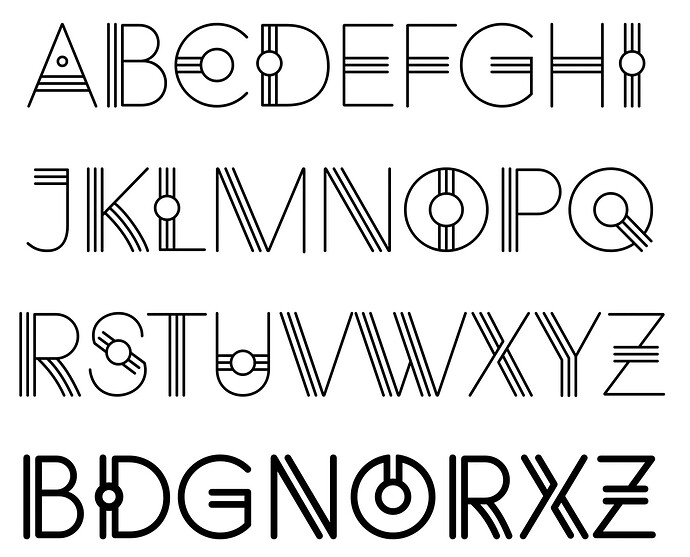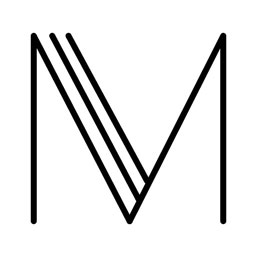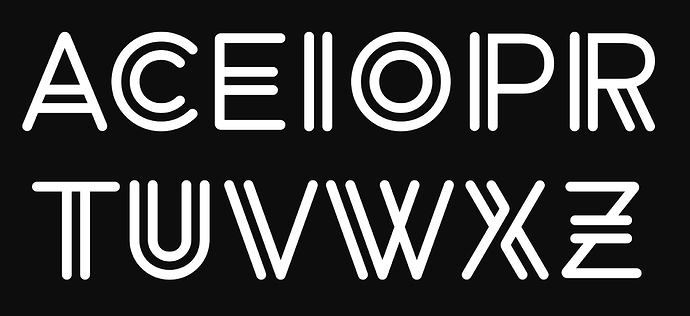It’s definitely a display typeface that might only work in limited instances when spelling out a few words in large type. Even then, using it would require a very specific project that required a very specific look.
The lowercase, by itself, looks OK, but when spelling out a word or two, I can’t imagine anyone using the lowercase rather than sticking to all caps. Uppercase would almost always be preferable.
However, there is something of an informally agreed-upon minimum character set for complete fonts that roughly corresponds to the character set in the old Postscript Type 1 fonts. That character set always includes the lowercase. Some type distributors won’t even accept fonts without the lowercase
I can’t imagine myself releasing a font without all European alphabet characters not found in English, such as the ǫ, æ, ą, ŋ, ß, ª, º, ij, œ, ą, ħ, ð, þ, ø, ų, etc. And this is in addition to all the diacritics, math symbols, currency symbols, punctuation marks, fractions, and the never-used glyphs that for whatever reason made it into the Postscript Type 1 specs.
Another option with the lowercase is to make the lowercase small caps, which would be a bit unorthodox given there are separate Unicode positions for small cap glyphs. Doing so could work, though, but I haven’t tried it yet. As I mentioned, I think I’ll set this project aside for two or three weeks. My typeface ideas often lead to dead ends; this might be one of them.



